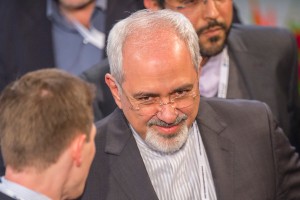 Write Kelsey Davenport, Daryl G. Kimball, and Greg Thielmann at Arms Control Now:
Write Kelsey Davenport, Daryl G. Kimball, and Greg Thielmann at Arms Control Now:
Taken together, the IAEA report findings provide further troubling evidence that Iran is continuing to pursue sensitive nuclear fuel-cycle activities in violation of UN Security Council resolutions and is slowly enhancing its nuclear weapons breakout potential.
However, Iran remains years, not months away from having a workable nuclear arsenal if it were to choose to pursue that capability. Given this reality, it is clear that new and more energetic diplomatic efforts are necessary to reduce the risk of a nuclear-armed Iran.
How should the diplomatic process — regarded as the most effective and sustainable way of countering Iran’s alleged nuclear ambitions — proceed?
The overall goal for U.S. and P5+1 negotiators must be to halt the most significant proliferation risk, which is Iran’s accumulation of 20% enriched uranium. Their efforts should focus on limiting—not permanently suspending—Iran’s enrichment to normal power reactor-grade levels (3.5%), and limit its stockpiles to actual nuclear power needs, while securing more intrusive IAEA inspections to ensure that Iran has halted previous weapons-related experiments, all in exchange for a phased rollback of international sanctions on Iran.





